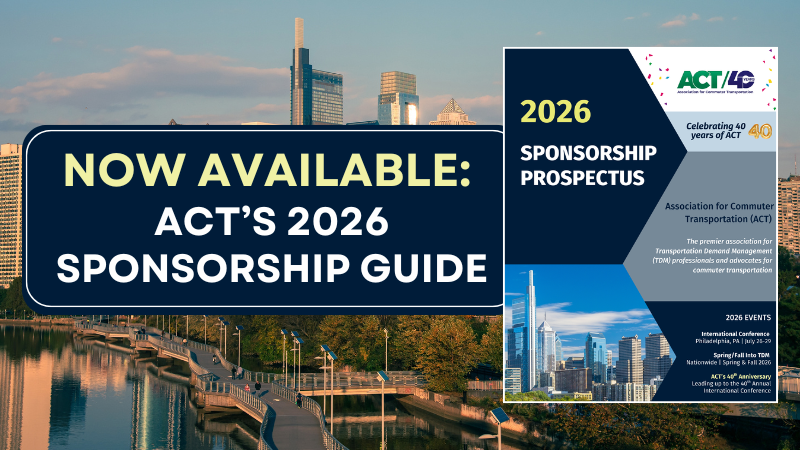Beyond the Hype: Why Pilot Projects Are About Progress, Not Perfection
Pilot projects—whether testing microtransit services or launching Autonomous Transit Networks (ATN)—are crucial for shaping the future of commuting. But communicating their purpose to the public is often just as important as the projects themselves. While communities are often eager for immediate solutions, pilot programs aren’t designed to provide instant fixes. Instead, they collect data to assess whether a new approach can work on a larger scale.
When new transportation technologies hit the headlines, it’s easy for the public to imagine a breakthrough is imminent. While media buzz helps build awareness, it can also lead to sensationalized expectations. People may expect pilot projects to solve their commuting issues overnight. The reality? Pilots are about testing, learning, and refining—not delivering instant results.
So, how do we keep the public engaged while helping them understand the bigger picture? It all comes down to clear messaging.
What’s a Pilot Really For? It’s About Data, Not Quick Fixes
At its core, a pilot project is about gathering data. Whether it’s testing autonomous shuttles or microtransit, the goal is to understand how these services perform in real-world conditions. Key questions include:
- Is there enough demand? Does it serve the intended audience?
- How does it handle traffic, weather, and other challenges?
- What adjustments are needed before scaling up?
Public perception can shift when people mistakenly view pilots as permanent solutions or quick fixes. If the pilot ends without immediate results, some may question whether it was a failure. But pilots are meant to expose challenges—they’re not perfect from the start.

Avoiding the “Jetsons” Hype: Messaging with Clarity
New technologies like ATN and microtransit are exciting, and media coverage often presents them as the future of commuting. While that buzz helps generate interest, it can also set unrealistic expectations. People may believe that a fully autonomous transit system is just around the corner, when in fact, the pilot is still in its earliest stages.
To avoid overhyping a project, it’s essential to manage expectations by emphasizing the long-term value of pilot programs. So how do we do that?
Key Messaging Strategies for Pilot Projects
- Be Transparent About the Experimental Nature: Make it clear that a pilot project is a test. The goal is to gather insights, not provide a full-scale solution immediately.
- Highlight the Importance of Data Collection: Emphasize that the primary purpose of pilots is to collect data to guide future decisions. Progress, not perfection, is the aim.
- Frame the Pilot as Part of a Broader Vision: Explain how the pilot fits into a larger transportation strategy to improve commuting options and connectivity.
- Focus on Practical Benefits: Highlight how these services can make commutes easier and reduce traffic, focusing on real-world improvements rather than speculative futuristic scenarios.
- Engage the Public: Keep the public involved by holding meetings, sharing updates, and gathering feedback. Involvement breeds support.

Building Excitement Without Overpromising
Pilot projects are critical for shaping the future of commuting, but clear communication is key to keeping expectations realistic. By framing pilots as opportunities to learn and refine solutions, we can build lasting public support.
At the end of the day, pilot projects aren’t about flashy promises—they’re about laying the groundwork for transportation solutions that last.

